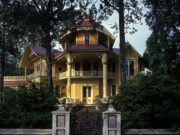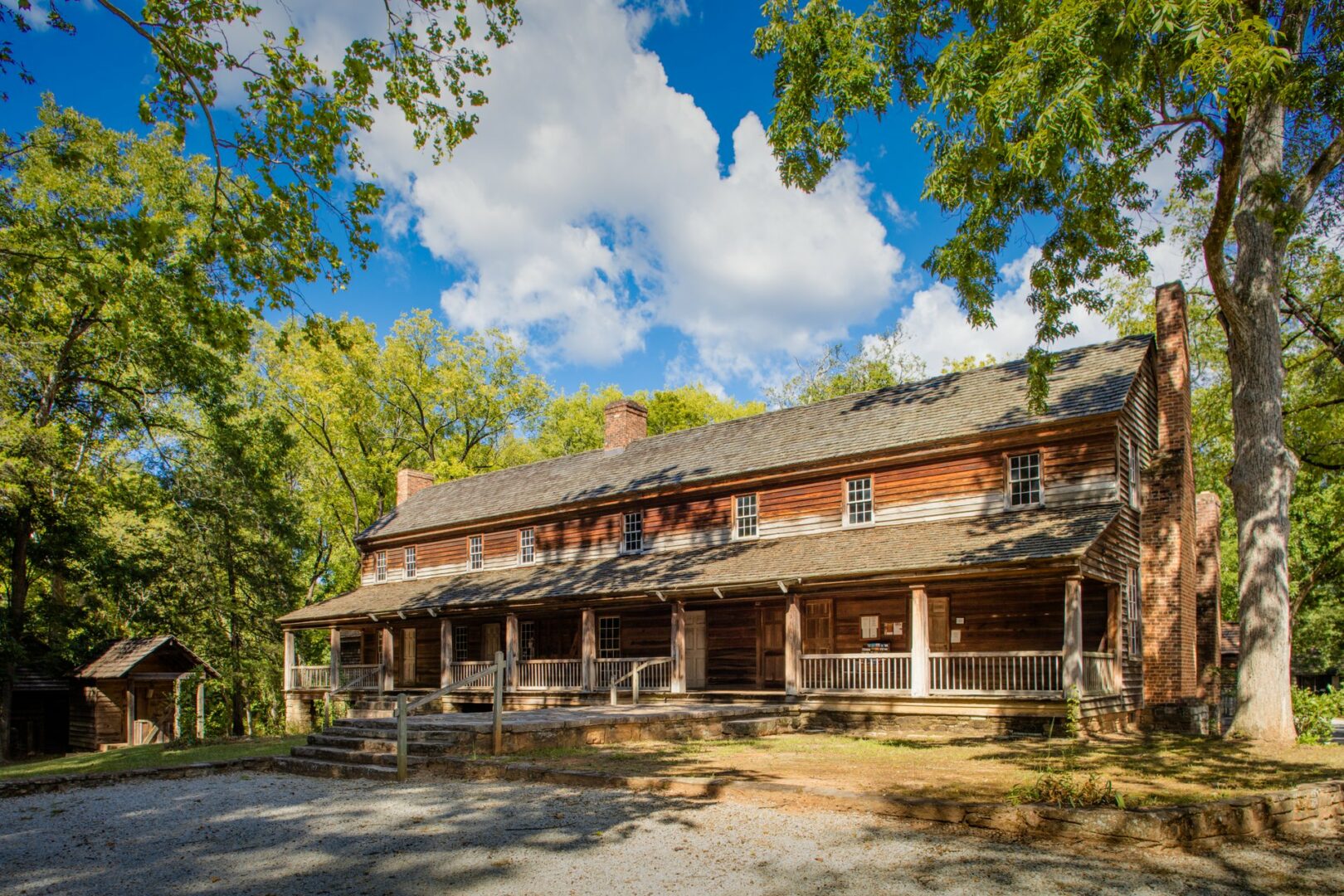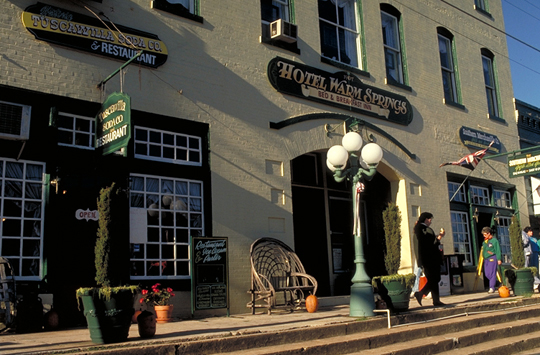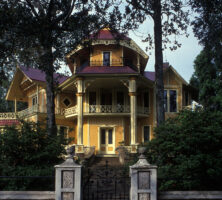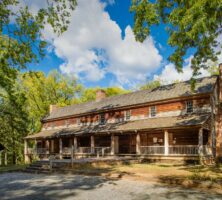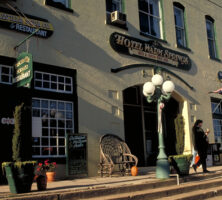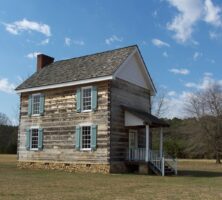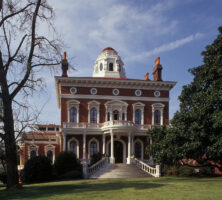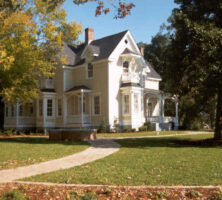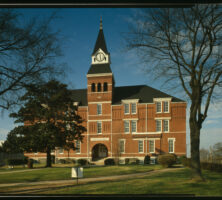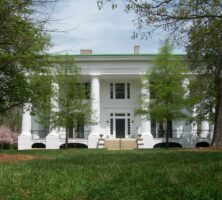National Historic Landmarks (NHLs) are cultural resources (buildings, sites, districts, structures, and objects) that have been determined by the secretary of the interior to be nationally significant in American history and culture, under the authority of the Historic Sites Act of 1935. In 2017 Georgia had 49 NHLs, among approximately 2,600 nationwide. Unlike listings in the National Register, which depend upon nomination by the state historic preservation officer, NHLs are processed through the National Park Service and designated through the secretary of the interior. NHLs may be designated only after a special nationwide study has been completed and a cultural resource has received a favorable recommendation from the National Park System Advisory Board.
The Designation Process
Potential NHLs are identified through theme studies and special studies, usually conducted by the National Park Service, often in conjunction with professionals from different fields. These findings are then evaluated by the National Park System Advisory Board, which makes recommendations for designation to the secretary of the interior, who makes the final decision. NHL designation is the nation’s highest official recognition of a cultural resource’s significance to the history and culture of the United States. The National Park Service is required to monitor NHLs and provide a periodic report to Congress on the status of these nationally significant properties. This monitoring process often provides impetus for the care and preservation of these special properties.
Selection Criteria
Although the National Park Service’s criteria for evaluating cultural resources for national significance are similar in many ways to those used for National Register properties, they require that exceptional national significance be demonstrated. The resource must represent broad national patterns of U.S. history, be associated with the lives of persons significant in the history of the nation, or embody some great idea or ideal of the American people. Exceptional historical or artistic quality is required for resources designated for architectural and construction importance. Archaeological resources and sites are recognized if they have yielded or are likely to yield information of major scientific importance by revealing new cultures or by shedding light on periods of occupation over large areas of the United States. A cultural resource can also be designated if it commemorates or illustrates a way of life or culture in an outstanding manner. As with properties listed in the National Register, designated resources must possess a high degree of integrity of location, design, setting, materials, workmanship, and feeling.
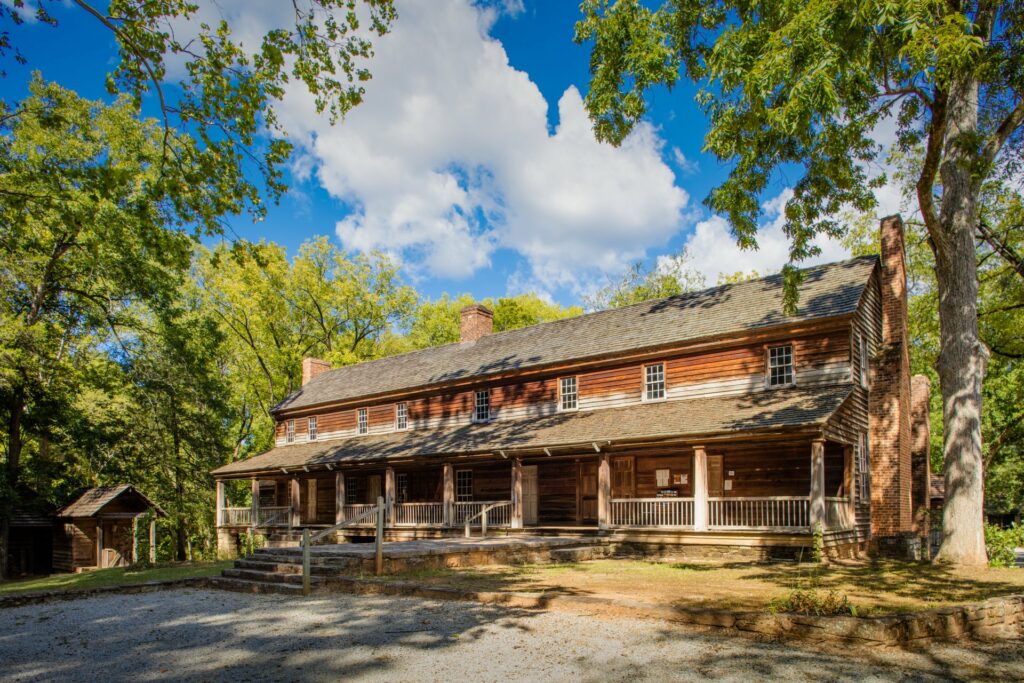
Courtesy of Explore Georgia.
The National Register can recognize properties of state and local importance, but NHL status is conferred only on cultural resources that are exceptionally valuable in illustrating or interpreting the heritage of the United States in the fields of history, architecture, archaeology, technology, and culture. Landmarks illustrate the nationwide impact of events or persons associated with the cultural resource.
Landmarks in Georgia
NHLs in Georgia cover a broad range of time and subject matter, from the distant prehistoric past, as at the Etowah Mounds near Cartersville, to the colonial period, as in the Savannah Historic District or the George Walton House (Meadow Garden) in Augusta. In addition to the great battlefields, the struggles of the Civil War (1861-65) are represented in places like the Robert Toombs House in Washington and Liberty Hall, the home of Alexander Stephens, in Crawfordville. Some NHLs, such as the Warm Springs Historic District and the Martin Luther King Jr. Historic District, are associated with people whose lives have affected the nation. Some recognize cultural resources of architectural, industrial, and engineering importance. Examples are the Central of Georgia Railway Shops and Terminals, the Savannah Historic District, and the Historic Augusta Canal and Industrial District. Among the other themes represented in Georgia NHLs are literature, at the home of Joel Chandler Harris (Wren’s Nest); commercial history, in the Dixie Coca-Cola Bottling Plant; and African American entrepreneurial achievement, in the Herndon Home—all three located in Atlanta.
Georgia’s NHLs, like those in the rest of the nation, are not restricted to any particular type of ownership. With the exception of nine that are privately owned and where access is restricted, Georgia’s NHLs are open to the public on a regular basis.


